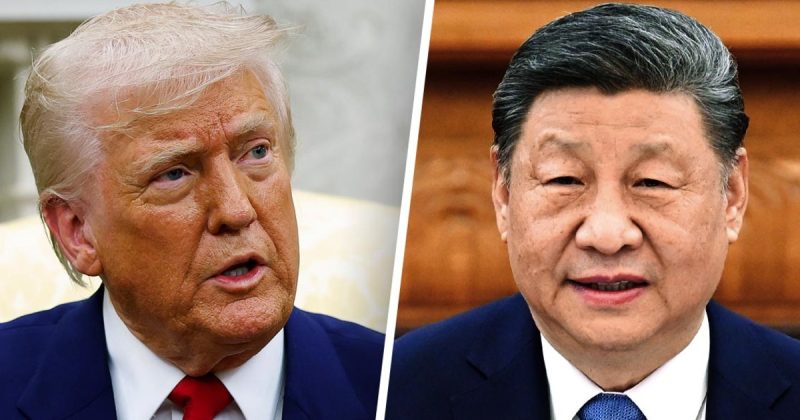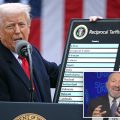
Top White House officials offered a cautiously optimistic outlook on Sunday regarding ongoing trade negotiations with China. Following weekend talks in Switzerland between representatives from both countries, Treasury Secretary Scott Bessent and U.S. Trade Representative Jamieson Greer hinted at a potential trade agreement, promising further details on Monday. Secretary Bessent described the talks as “productive” and highlighted the “substantial progress” made. Greer echoed this sentiment, emphasizing the constructive nature of the discussions and the surprisingly rapid progress towards an agreement, suggesting that the differences between the two sides may not be as significant as previously believed.
While a spokesperson for the Chinese embassy in Washington, D.C. has yet to comment, the positive statements from U.S. officials are significant. Prior to the talks, the White House had expressed a willingness to negotiate but maintained that the U.S. would not unilaterally reduce tariffs without reciprocal concessions from China. President Trump himself had voiced optimism about the weekend’s discussions, suggesting a desire to de-escalate trade tensions.
This recent shift in tone contrasts with the more aggressive stance adopted by the Trump administration in a previous speech. Some critics have characterized the administration’s current approach as uncertain and marked by half-measures. Analysts at Capital Economics, for example, viewed the preliminary U.S.-U.K. trade agreement as indicative of President Trump’s need to demonstrate progress on trade matters.
The past week has seen a series of fluctuating signals on trade policy. President Trump’s suggestion of reducing tariffs on Chinese imports from 145% to 80% was later clarified by White House press secretary Karoline Leavitt, who described the figure as merely a suggestion. Secretary Bessent previously labeled the President’s approach as “strategic uncertainty.” Adding to the complexity, President Trump celebrated the U.K. trade deal on Truth Social, claiming a significant Boeing plane order as a result, a claim disputed by officials from the airline’s parent company.
The current 145% U.S. tariff rate on Chinese goods, imposed following new duties on Chinese imports, has prompted a retaliatory response from China. However, recent data suggests China may be circumventing these tariffs by trans-shipping goods through Southeast Asian nations. This raises concerns about potential supply chain disruptions in the U.S. Logistics firm Flexport reported that Pacific Ocean carriers are reducing capacity in anticipation of decreased demand, further highlighting the uncertainty surrounding the impact of these trade negotiations.
The coming days will be critical in clarifying the details of any potential agreement and assessing its broader implications for the global economy and the future of U.S.-China relations. The promised Monday announcement is highly anticipated.









